Refinishing antique wardrobe
dany153
15 years ago
Related Stories
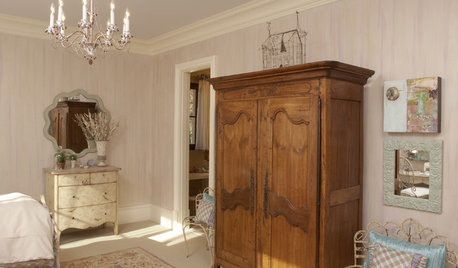
DECORATING GUIDESDecorating With Antiques: Armoires, the Versatile Beauties
Give any room more character and function with an armoire — this queen of antiques is also a storage workhorse
Full Story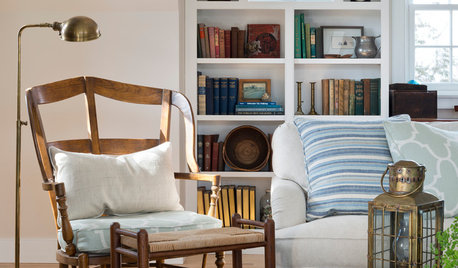
FURNITURESmart Shopper: How to Judge Antique Furniture Quality
Pick the treasures from the trash without expert experience by learning how to evaluate antiques and what questions to ask
Full Story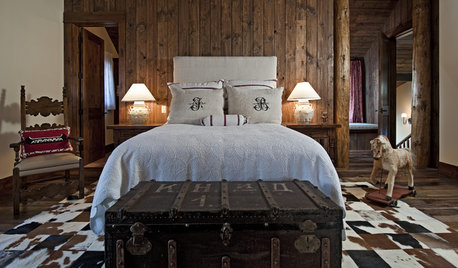
DECORATING GUIDESDecorating With Antiques: Chests, Dressers and Buffets
Pretty, practical and versatile, antique chests add history and character along with storage
Full Story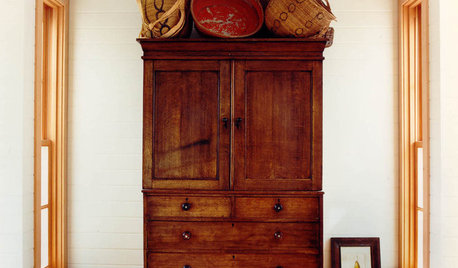
DECORATING GUIDESA Beginner's Mini Guide to Buying Antiques
Experience the thrill of the hunt without ignorance ruining the spoils, with this guide to antiquing for novice buyers
Full Story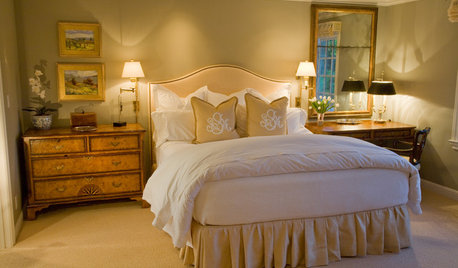
DECORATING GUIDESDecorating With Antiques: Tables to Elevate the Everyday
They may have common uses, but antique tables bring a most uncommon beauty to dining, game playing and more
Full Story
ANTIQUESDecorating With Antiques: Painted Furniture Brings the Eye Candy
Too much brown got you down? Lighten up with antique furniture decorated with artistic designs or awash in a lovely hue
Full Story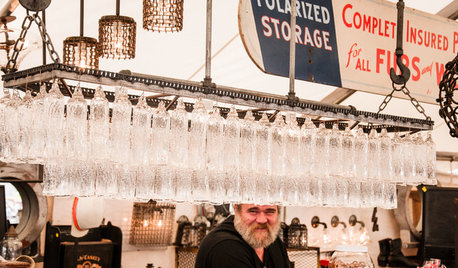
EVENTSTreasure Hunting at the Brimfield Antiques Fair
More than 5,000 antiques dealers are selling their goods along a 1-mile stretch of rural New England this week. Here's what we found
Full Story
EVENTSHappening Now: The Brimfield Antique Show
Take a peek at the largest outdoor antiques show in the United States
Full Story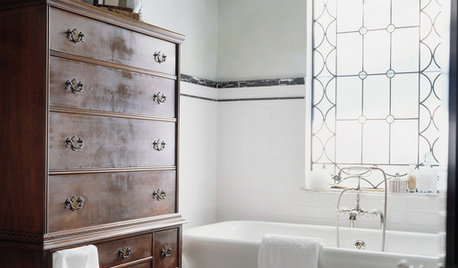
DECORATING GUIDESA Handy Guide to English Antiques
Buying and owning old furniture is more fun and interesting when you know a little history
Full Story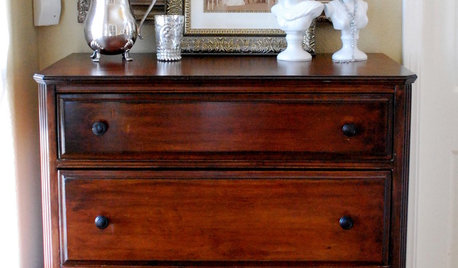
FURNITUREAntiques Shopping? Let Love Guide Your Search
If discovering aged treasures is your passion, you’re not alone. Find a kindred spirit and his buying tips here
Full Story





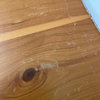


amrad
lindac
Related Professionals
Eureka Cabinets & Cabinetry · Marco Island Cabinets & Cabinetry · Champaign Carpenters · Fair Oaks Carpenters · Tacoma Carpenters · Waltham Carpenters · Chandler Flooring Contractors · Laconia Flooring Contractors · Norwood Flooring Contractors · Sarasota Flooring Contractors · Tucson Flooring Contractors · West Islip Flooring Contractors · Duluth Furniture & Accessories · Reston Furniture & Accessories · Wilmington Furniture & Accessoriesbobismyuncle
dany153Original Author
dany153Original Author
bobismyuncle
sombreuil_mongrel
bobismyuncle